We examined the Tulip Era, which started with the Treaty of Pasarofca signed by the Ottoman Empire with Austria in 1718. We also discussed the innovations and reforms made in this period, which ended with the Patrona Halil Rebellion.
The Tulip Era, named after the planting of tulips in the mansions and mansions of the most important rulers of the period, innovations and improvements It is a period of time. At the same time, by historical sources and expert historians. pleasure and fun Also called.
This period, which will change the future policies and some institutional systems of the Ottoman Empire, is historically very important. Tulip Era, by many historians westernization It is also seen as the beginning of the policy. Bride Tulip Era Let’s take a closer look at the innovations and reforms made in this period.
First, what is the Tulip Era?
Tulip Era is the period that started in the reign of Ahmet III and lasted for 12 years in the Ottoman Empire. Many innovations were also made in the Tulip Era, which some historians call the ‘period of pleasure and entertainment’. We will talk about these innovations in the rest of our content. Now let’s look at why the Tulip Era was called the ‘Tulip Era’.
From the beginning to the end of this period, in which many innovations and developments were experienced in cultural and social life, peacetime it happened. The war-free process and the administrators’ interest in tulips led to the naming of the period in this way. The first person to use this term and Yahya Kemal Beyatlı. The name Tulip Era emerged during a conversation between Yahya Kemal Beyatlı and Ahmet Refik Altınay. Both authors made significant contributions to history and literature by producing works about this period.
So when is the Tulip Era?
Tulip Era, 1715-1718 years signed after the war between the Ottoman Empire and the Archduchy of Austria, the Republic of Venice and Spain during the Treaty of PassarowitzIt started after. This peace treaty got its name from the Serbian city of Pasarofca, where it was signed.
This is a period of peace, pleasure and fun that lasts for days. Boss Halil Rebellion ended with. The rebellion was initiated by a group that saw the entertainments and activities organized by the Grand Vizier Nevşehirli Damat İbrahim Pasha as waste and also suffered from economic problems. After the beginning, as a result of the uprising in which large masses participated, Grand Vizier Nevşehirli Damat İbrahim Pasha executedthe sultan was dethroned.
Who are the sultans of the Tulip Era?
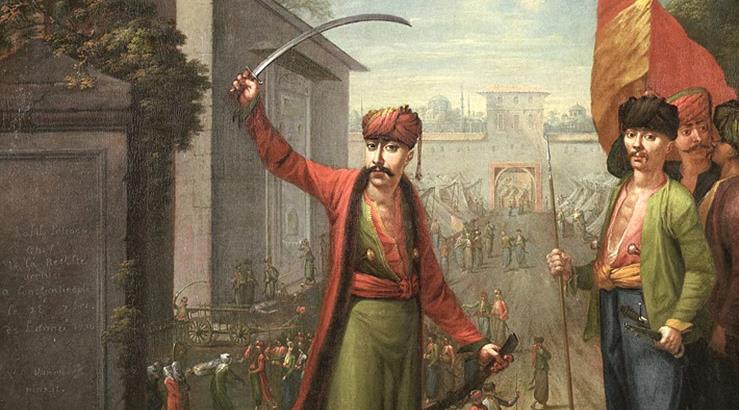
Sultan of the period III. Ahmetcarried out many innovations and reforms in cultural and social life. III. Ahmet worked in harmony with Grand Vizier İbrahim Pasha while implementing these policies. As a matter of fact, as a result of the Patrona Halil Rebellion at the end of the Tulip Era, III. Ahmet was dethroned, the next heir IV. Ahmet refused to be the next sultan. Deposed III. Ahmet’s nephew and II. Mustafa’s son Mahmud I passed the throne.
What are the innovations and reforms made in the Tulip Era?
The modern fire brigade: The Tulumbacılar Union

As a result of the fires that caused great damage to the country in 1719 Sultan III. Ahmet’s order was established with This organization was planned to be more modern and more organized than the previous fire department. Tulumbacilar Union, Janissary Army CorpsIt was established in this period as a disaster union affiliated to Turkey.
Establishment of this organization public safety He increased his confidence in the rulers and the sultan in this regard.
Ambassadors sent to the West to monitor development

Realizing that they were lagging behind Europe in social issues, excluding military issues, the Ottoman administration opened embassies to many countries in order to follow the developments in the west more closely. In the countries where ambassadors were sent ostentatiously received and was greatly respected.
Ottoman ambassadors followed the innovations in many European countries. The French ambassador played a major role in the development of commercial relations between the Ottomans and France, while the Russian ambassador, on the other hand, could be faced with border problems between the Ottomans and Russia. a possible war prevented. Therefore, we can easily say that the embassies opened in this period contributed a lot to the Ottoman Empire.
Students sent to the West in the name of education
The Ottoman Empire was not content with embassies in order to catch up with innovations, and sent many students to Europe to receive education. Throughout history, well-educated and qualified people have played a role in preventing regression in countries. in the Ottoman catching up on innovations He sent students to western countries for educational purposes and aimed to train qualified bureaucrats with this policy.
Translation of Western works: Translation Committee
Its duty is to translate the works coming from abroad into our language. Translation Team was established during this period. Most of the translated works have been on religious subjects. The translation of these works is also necessary in the name of interaction with the west. is an important step.
The first private printing house: Darü’t-Tıbâati’l Amire
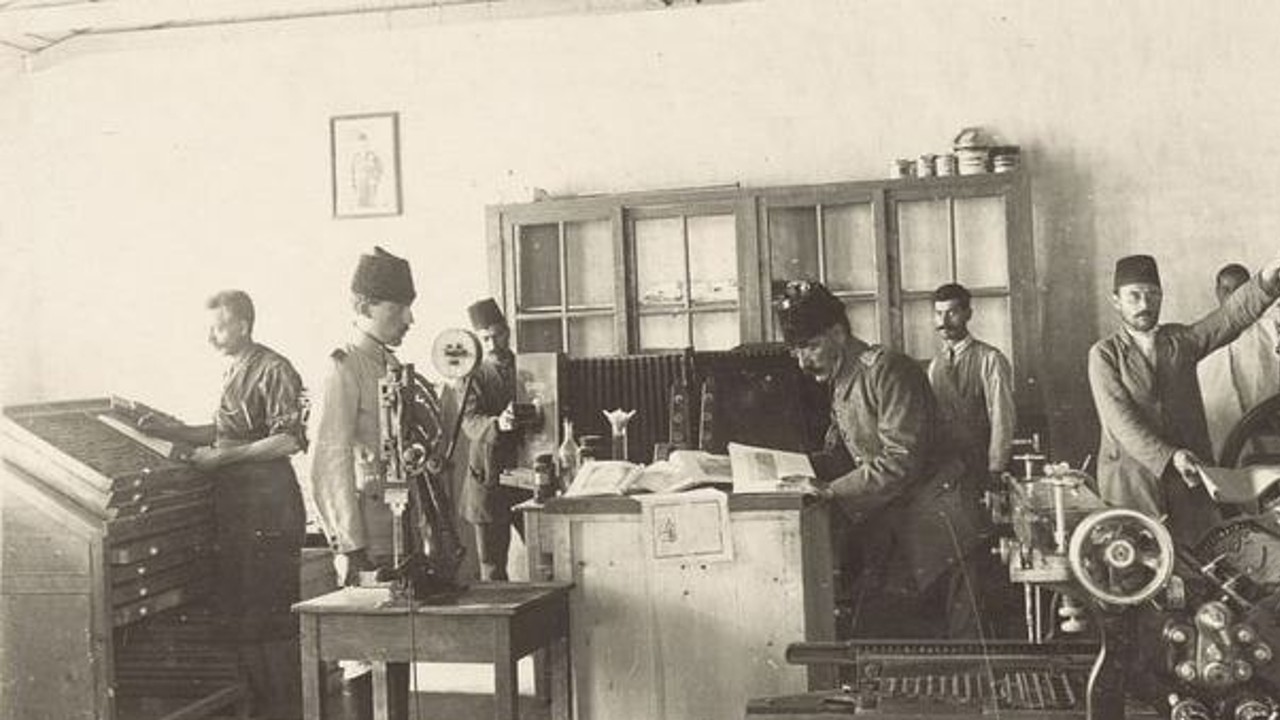
One of the most important innovations of the period was the opening of the first private printing house. With the permission of the clergy of the period and Sultan III. With the edict of conformity received from Ahmet, the printing house called Darü’t-Tıbâati’l Amire was established. Printing press, Said Efendi and İbrahim Müteferrika It was opened by the support of Nevşehirli Damat İbrahim Pasha. Machine and Latin Alphabet patterns were brought from Europe. The first book printed in the printing press was a dictionary in 1729. Vankulu Dictionary it happened.
Spread of Turkish culture to Europe and cultural interaction
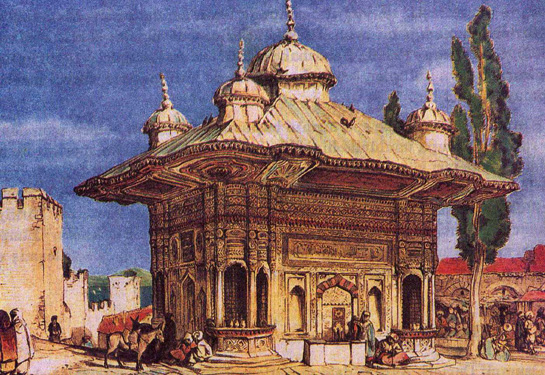
After the beginning of the social and cultural Westernization process in the Ottoman Empire interaction with Europe It increased. Increasing interaction caused both the spread of European culture in the Ottoman Empire and the spread of Turkish culture in Europe. in the Ottoman Empire, especially decorative arts and architecture European styles began to appear. In Europe, Turkish culture is a fashion element it happened.
The first paper mill
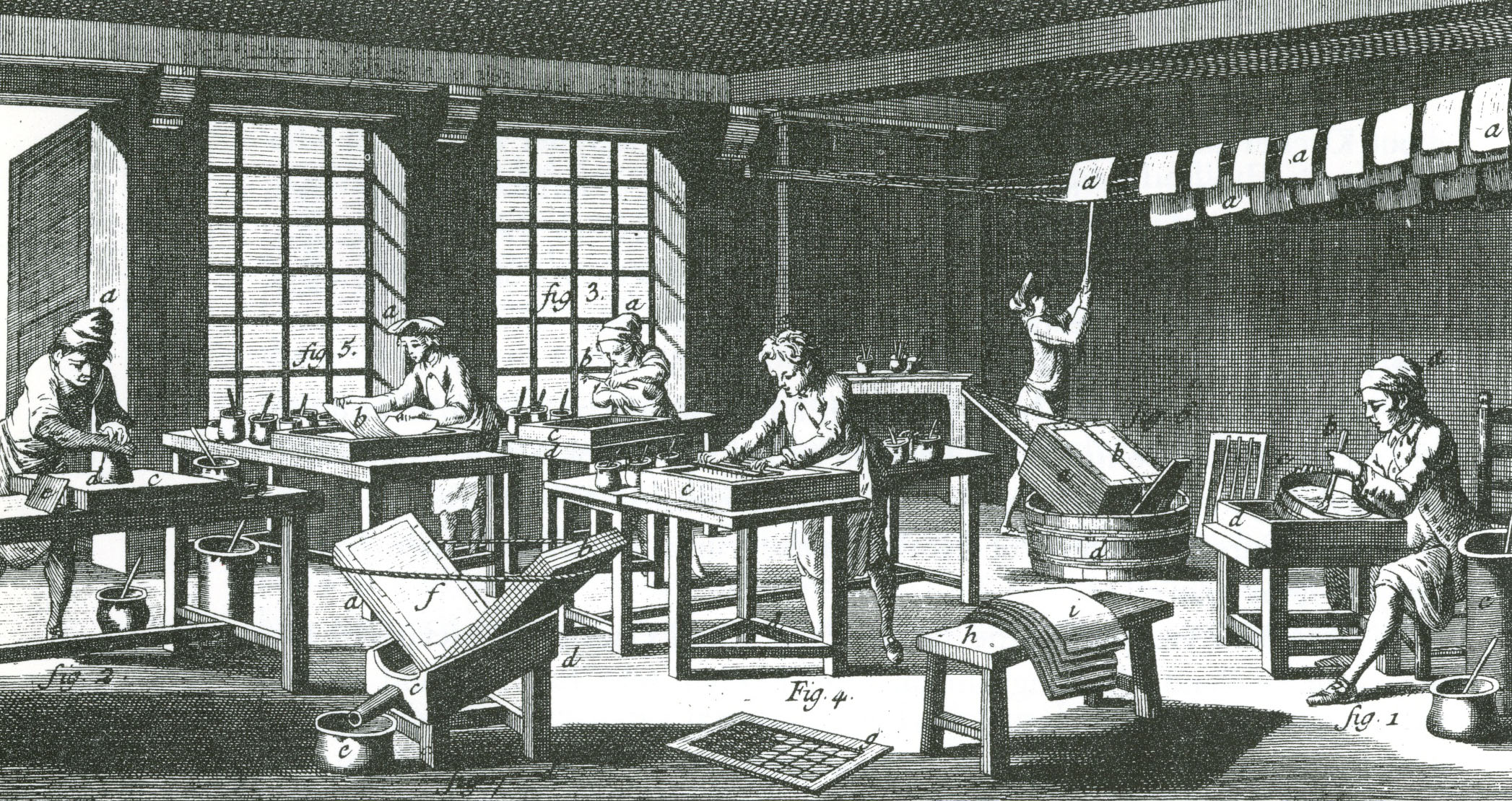
The first paper mill in the Tulip Era in Yalova has been opened. The reason for the opening of the factory was to meet the needs of the Darü’t-Tıbâati’l Amire printing house, which was the first private printing house. The establishment of this factory is very important from an economic point of view. He played a major role in the development of the printing press in the Ottoman Empire.
Significant progress in the field of health: Smallpox vaccination
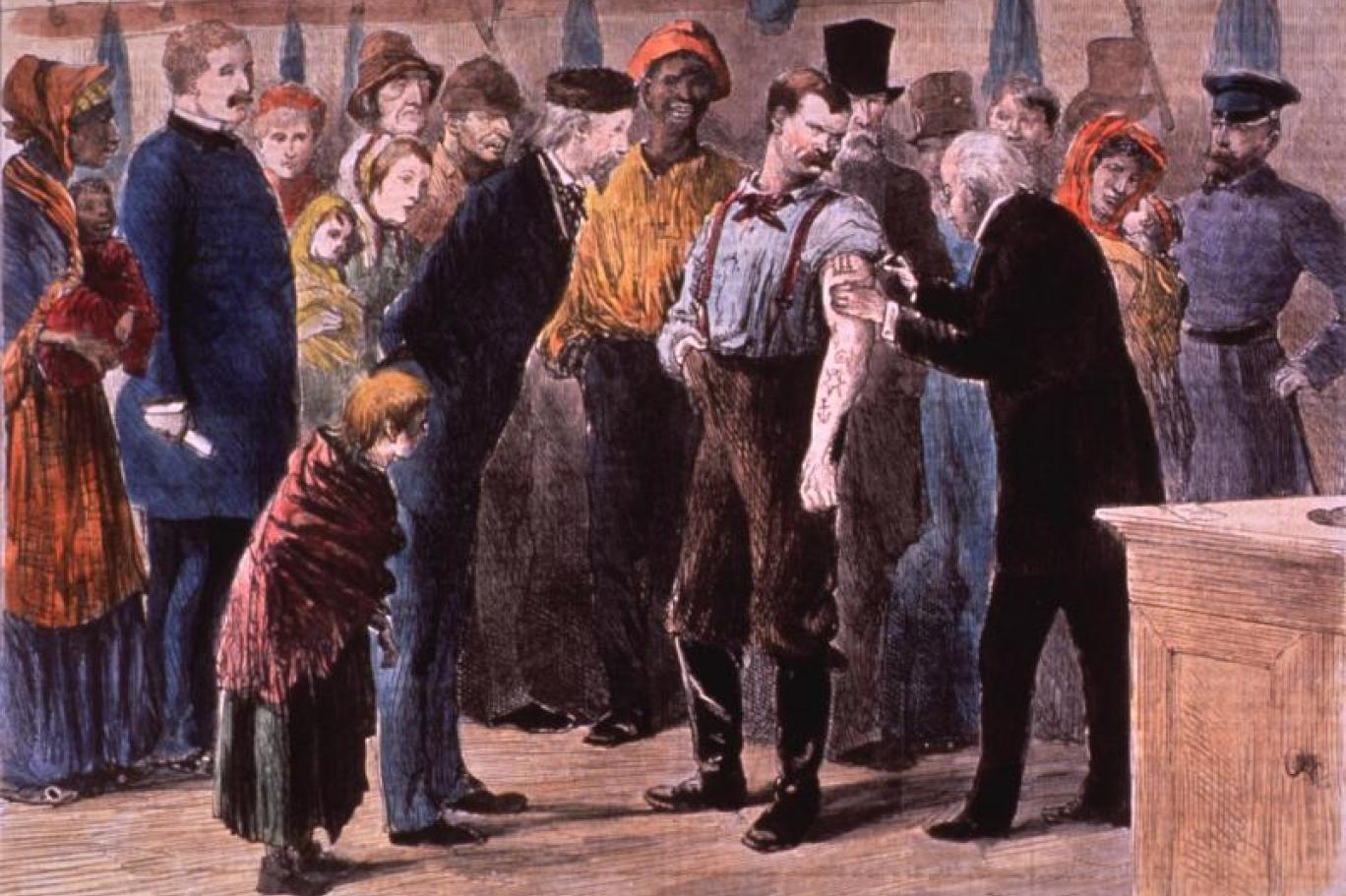
One of the most important developments in the Tulip Era is the introduction of smallpox vaccine. smallpox It was the most dangerous disease of the time. Smallpox showed symptoms of fever in the patients and caused a painful process. With the introduction of the vaccine, many people are immune to this disease. immunity begins to form and the number of people who suffer from smallpox There has been a serious decline.
RELATED NEWS
How Did Smallpox Treatment Applied in the Ottoman Empire Save All of Europe?
Ceramic and tile factories

In this period, ceramic and tile factories were established to be used both in the architectural field and in daily life. This development to Turkish architecture brought many innovations and ornaments made of these materials. part of our culture has made it.
Hendesehane
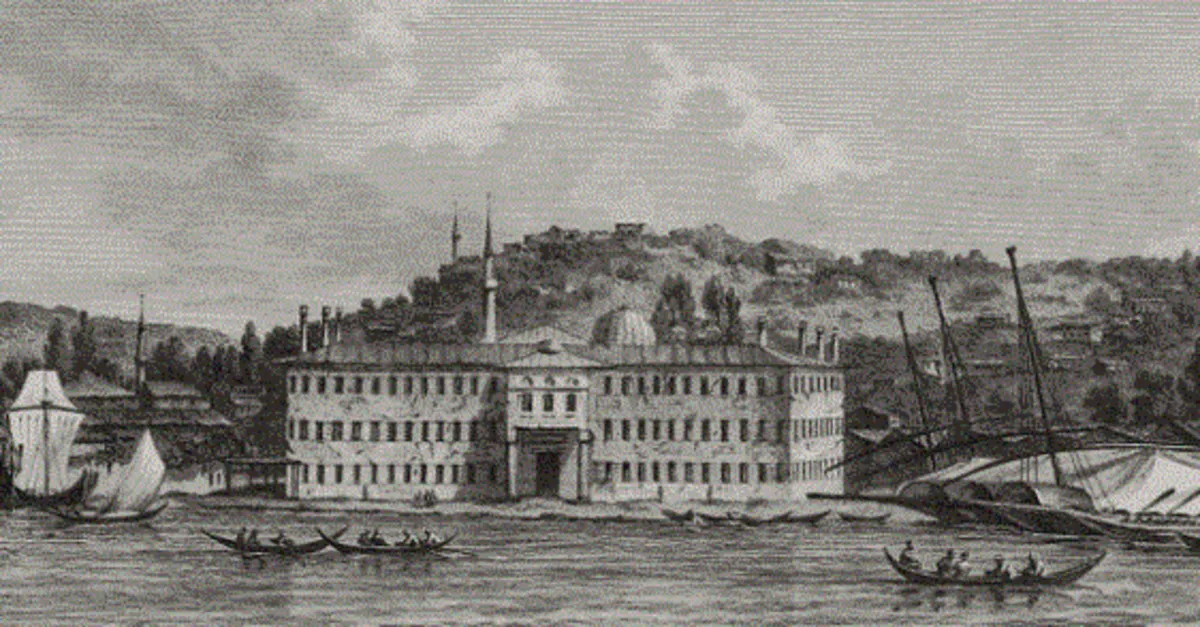
It is the first modern military school established in the Ottoman Empire. This school military engineers He trained and gave a Western-style education. Hendesehane was founded by Sultan Mahmud I at the end of the Tulip Era. The purpose of the establishment of the school was to train engineers for the land and naval armies.
What are the features of the Tulip Era?
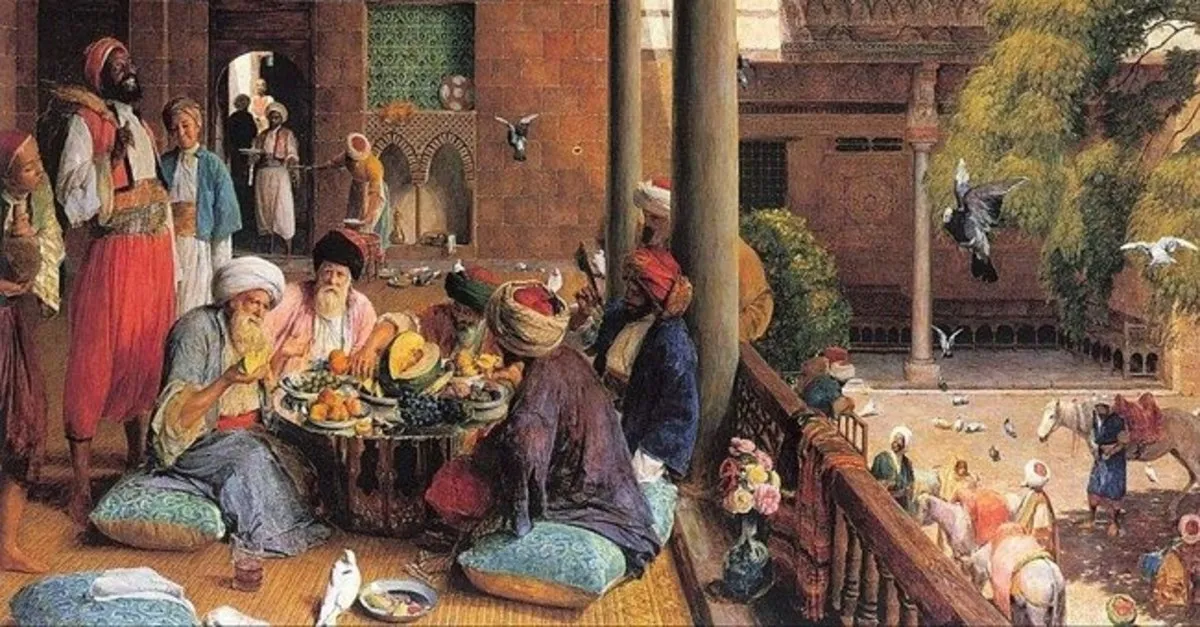
- Diplomacy has come to the fore, it is a war-free period.
- Europe’s social and cultural superiority has been acknowledged.
- The first modern institutions and organizations in the Ottoman Empire were established in this period.
- European innovations were followed by opening temporary embassies for the first time.
- It is the time of pleasure and fun.
The Tulip Era, with its many features, has many features in the Ottoman history. innovation and improvement is hosting. Reforms have been made in many areas from health to education, from education to disaster organizations.
Conclusion: What happened in the Tulip Era, what is its importance?
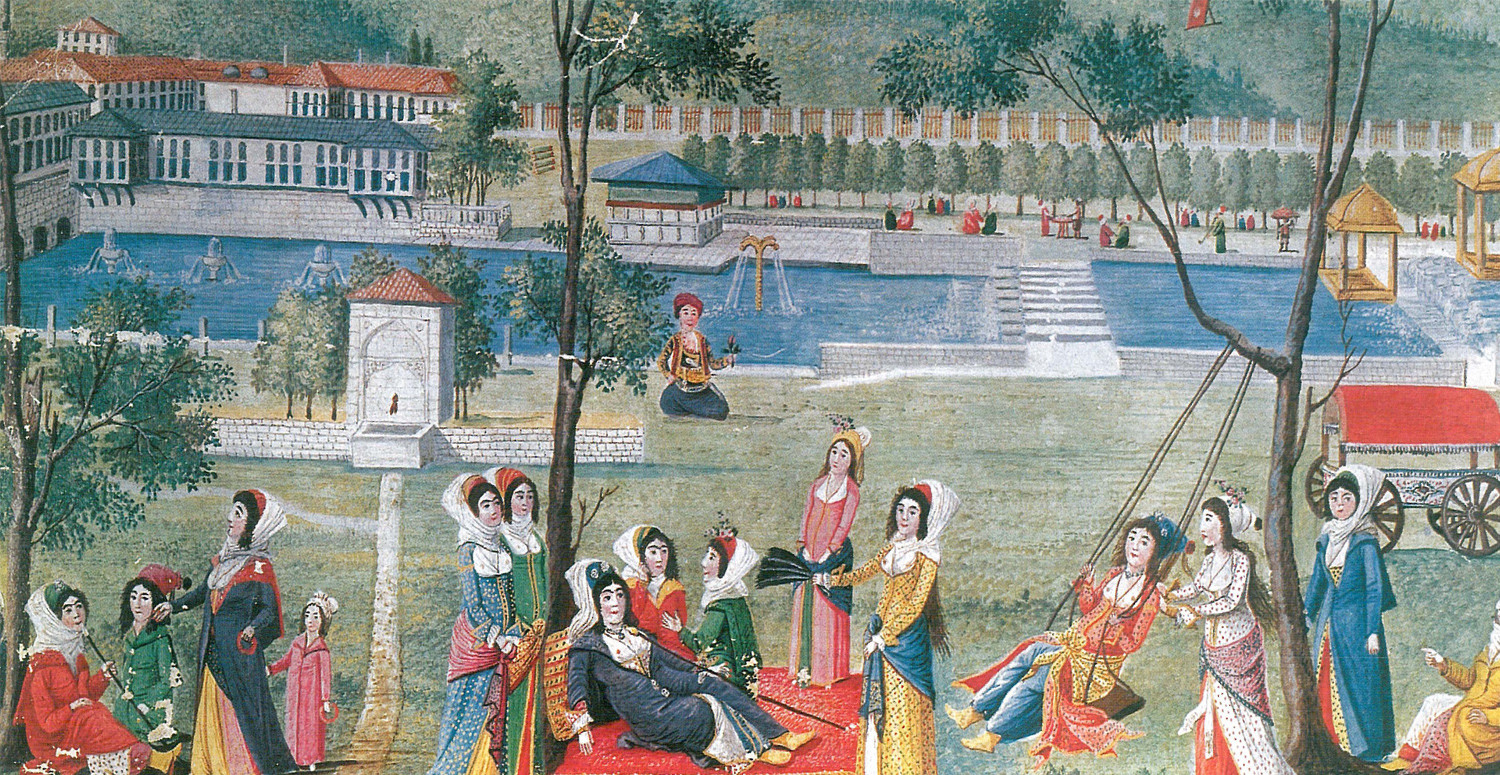
To summarize, in many areas from health to education, from education to disaster organizations. where the first happened This period is very important as it mirrors the Westernization process. This period, which is also a period of peace and a special period with the positive view of the rulers to innovations, is a historical process that should be closely examined by those interested in Ottoman history.
